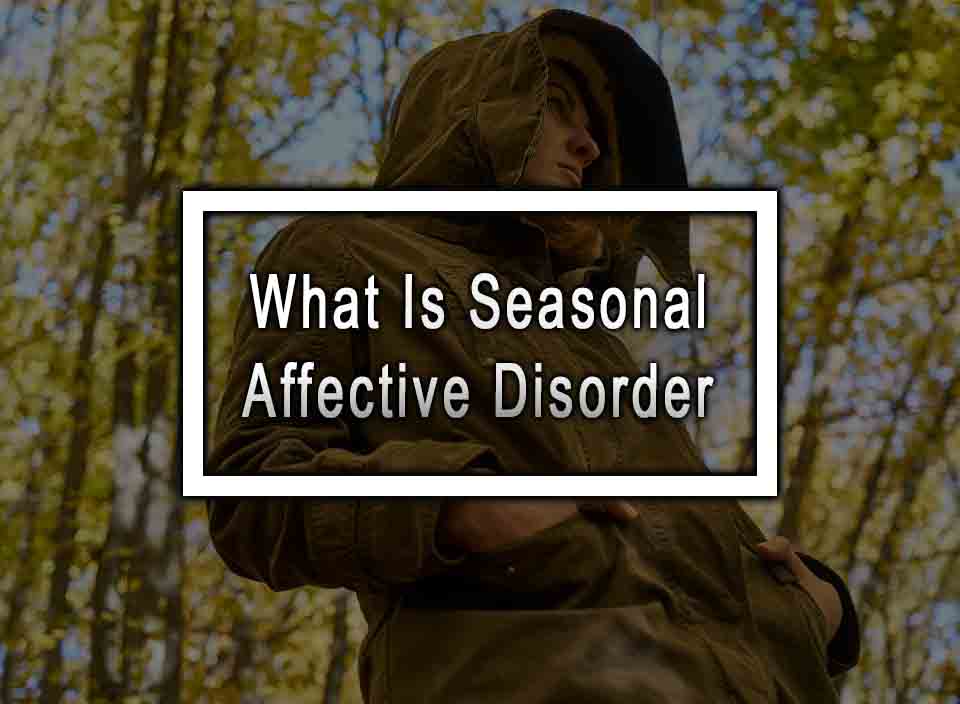As the days get shorter and colder, many individuals experience a shift in their mood and energy levels. This phenomenon, known as seasonal affective disorder (SAD), can cause a range of symptoms, including fatigue, sadness, anxiety, and even suicidal thoughts. SAD is a type of depression that can affect people of all ages and backgrounds, but it is most common in individuals living in higher latitudes during the fall and winter months. In this article, we will explore the causes, symptoms, and treatments for SAD. We will also discuss ways you can manage your symptoms and improve your mood during the winter months.
Table of Contents
ToggleCauses of Seasonal Affective Disorder
While the exact cause of SAD is unknown, researchers believe that certain factors may contribute to its development. One factor is the decrease in sunlight exposure during the fall and winter months. This decrease in light can disrupt the body’s natural circadian rhythm, leading to a decrease in serotonin, the neurotransmitter responsible for regulating mood, appetite, and sleep.
Another contributing factor may be the seasonal change in melatonin production. Melatonin is a hormone that helps regulate the sleep-wake cycle, and its production is influenced by the amount of light exposure. In the winter months, individuals may produce more melatonin, which can lead to feelings of lethargy and fatigue.
Symptoms of Seasonal Affective Disorder
The symptoms of SAD can vary from person to person, but common symptoms include:
- Sadness or depressed mood
- Loss of interest in activities once enjoyed
- Changes in appetite or weight
- Trouble sleeping or oversleeping
- Fatigue or low energy
- Difficulty concentrating
- Feelings of worthlessness or guilt
- Thoughts of death or suicide
If you’re experiencing these symptoms, it’s important to seek help from a healthcare provider. They can give you a proper diagnosis and recommend treatment options that may help.
Treatment for Seasonal Affective Disorder
If you have been diagnosed with SAD, there are several treatment options available.
Light therapy: One effective treatment for SAD is light therapy. This involves exposure to bright light for a set amount of time each day, typically in the morning hours. Light therapy is thought to work by regulating the body’s circadian rhythm and increasing serotonin levels.
Medication: Antidepressant medications may be prescribed to treat SAD. These medications can help regulate mood and alleviate symptoms of depression.
Psychotherapy: Another treatment option is psychotherapy, which involves talking with a mental health provider to learn coping skills and strategies for managing SAD symptoms.
Self-Care Strategies for Managing Seasonal Affective Disorder
In addition to seeking treatment from a healthcare provider, there are several self-care strategies you can use to manage your SAD symptoms.
Get outside: While it may be tempting to stay indoors during the winter months, getting outside and exposing yourself to natural light can be beneficial. Try to spend time outside during the day, even if it’s just for a short walk.
Exercise: Regular exercise has been shown to improve mood and alleviate symptoms of depression. Try to incorporate exercise into your daily routine, even if it’s just a short walk or yoga session.
Practice good sleep hygiene: Getting enough sleep is important for regulating mood and energy levels. Try to stick to a regular sleep schedule and create a relaxing bedtime routine.
Take care of your health: Eating a healthy diet, staying hydrated, and avoiding drugs and alcohol can help improve your overall health and well-being.
Conclusion
Seasonal affective disorder is a type of depression that affects many individuals during the fall and winter months. It’s important to recognize the symptoms of SAD and seek help from a healthcare provider if necessary. Treatment options include light therapy, medication, and psychotherapy. Practicing self-care strategies such as getting outside, exercising, practicing good sleep hygiene, and taking care of your health can also help manage SAD symptoms. With the right treatment and self-care, individuals with SAD can improve their mood and enjoy the winter months.
Seasonal Affective Disorder FAQ
Here are the most common questions about seasonal affective disorder.
Who is at risk for seasonal affective disorder?
Anyone can develop SAD, but it is more common in women and people who live farther from the equator.
How is SAD diagnosed?
A healthcare provider will usually diagnose SAD based on physical and mental health assessments, as well as an evaluation of symptoms and their duration.
What are the treatment options for SAD?
Treatment options for SAD may include light therapy, medication, talk therapy, and lifestyle changes, such as increased physical activity and exposure to sunlight.
Can SAD be prevented?
While there is no guaranteed prevention for SAD, certain lifestyle changes, such as increasing natural light exposure and exercise during the fall and winter months, may help reduce the risk of developing SAD.
What should I do if I think I have SAD?
If you think you have SAD, it is important to talk to a healthcare provider. They can help diagnose the condition and recommend treatment options that are right for you.
More like this: Benefits Of Journaling For Mental Health












